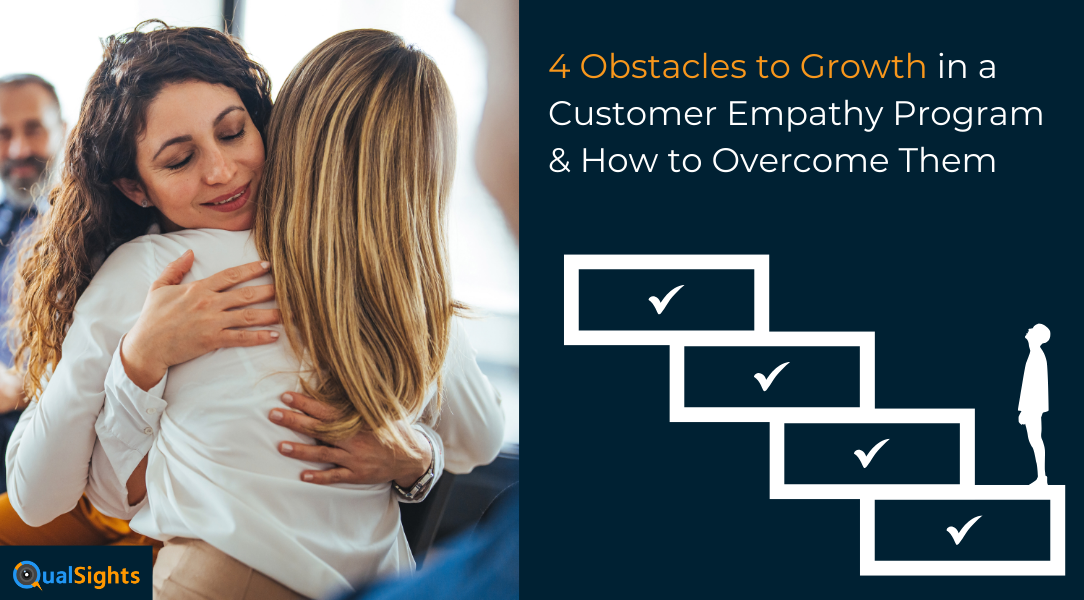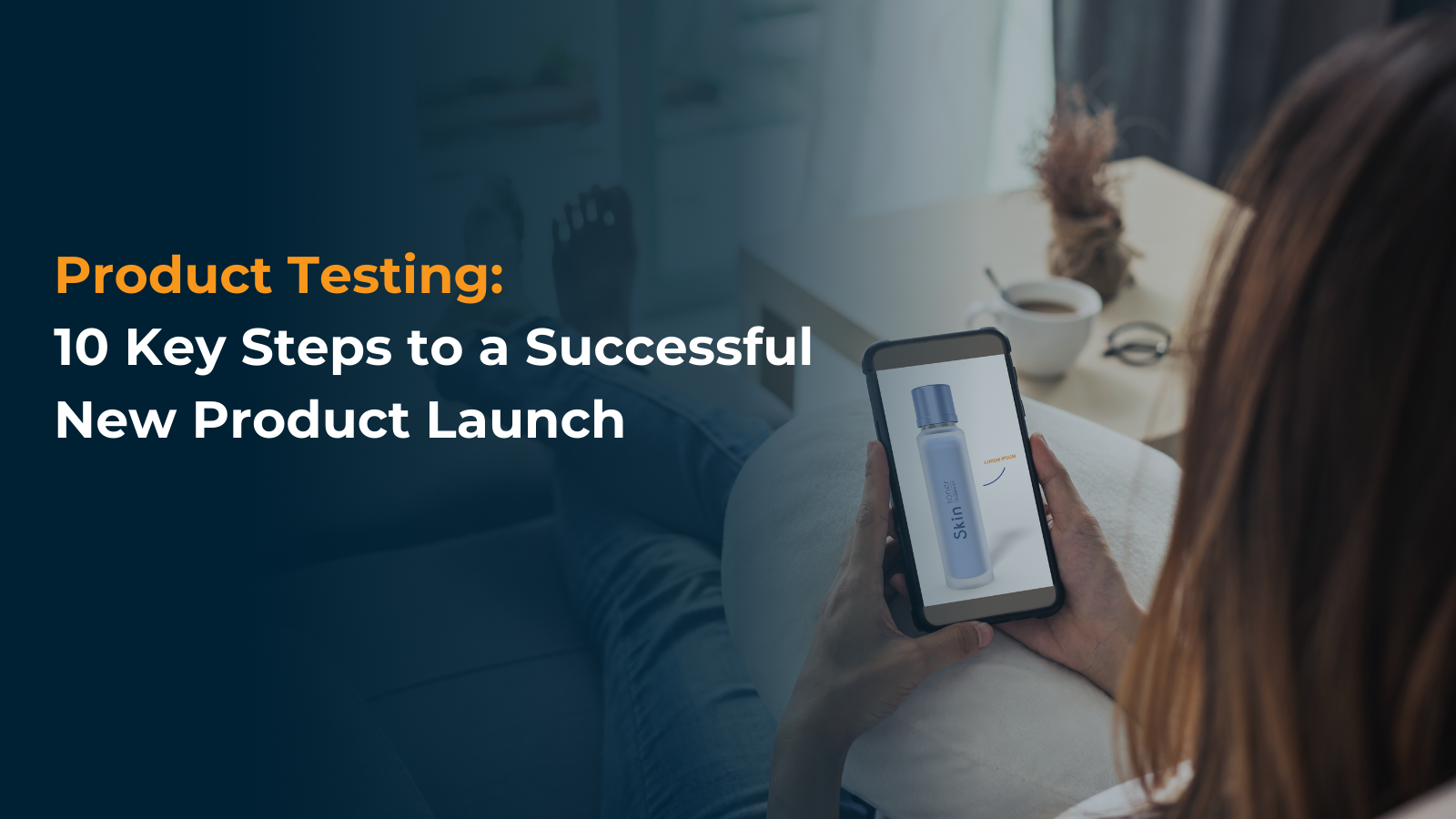4 Obstacles to Growth in a Customer Empathy Program & How to Overcome Them

Have you ever wondered how you can grow your customer empathy program to the point that it becomes self-sustaining?
Imagine a workplace where empathy isn’t just a hook to pull consumers but the foundation of an organization’s culture, driving meaningful connections with consumers. Even though the approach is noble, it comes with many obstacles.
We hosted a think tank on this topic and compiled a recap of obstacles encountered while building consumer empathy along with a few tips on how to navigate them effectively.
1. Building Employee Capabilities for a Customer-Centric Approach
One of the first—and hardest to clear—barriers is that of capacity-building. How can companies encourage their people to be more customer–centric and get comfortable showing empathy?
The answer is simple – encourage listening.
Empathy is a continuous process; the more you practice, the better you become. It can be uncomfortable at first but aim for incremental improvement – you will find it gets easier and more natural the more you do it. The same gradual improvement advice applies to conducting empathy-oriented interviews.
One of our think tank participants quoted: “There’s no script in conversations with consumers. You’re asking open-ended questions and building your capacity to listen more than you talk. That can be especially hard for those of us in sales who are used to talking! But rather than making your sales pitch, you need to be quiet and listen to what the consumer is saying.”

2. Avoiding Bias
Bias remains a tricky predicament that market researchers can fall into, especially in a consumer empathy program. If you approach a research study with preconceived notions and biases, the answers you receive may align with your expectations but may not accurately reflect reality.
To ensure sustainable growth for your company, it is essential to avoid biases at all costs. Maintain an open mind and actively listen to consumers, rather than just hearing them. The empathy experts we spoke with repeatedly brought up the dangers of bias and how it impacts the growth of customer empathy programs.
A helpful tactic to reduce common biases is to encourage candid, detailed feedback from your participants. This serves to increase the richness and reliability of the insights you gather and build richer empathy maps, enabling you to make consumer-centric decisions confidently.
3. Balancing the Need for Action With an Understanding of Common Themes
At some point, companies need to take action with the information they’ve gained from their listening efforts.
But when it comes to taking action, consumer empathy programs give rise to two different challenges, both of which occur at the intersections between corporate research and customers.
First, empathizing with customers can be tricky, so before creating an action plan; it is crucial to first step into your consumers’ shoes, understand what truly excites them, and identify their pain points. Only then will you gain insight into how consumers shop or use products in their natural environment.
Second, there is the question of what researchers do with the information they have gained from in-depth, heart-to-heart conversations they’ve had with consumers. How do they translate nebulous concepts gleaned from an exercise in empathy back into actionable insights that their teams can work with? What next steps can they delineate that will respect the customers’ viewpoint, but also improve their products’ performance?
Researchers should thoroughly analyze the participants’ answers and find common pain points and patterns. Once they recognize that, they can build strategies around it to innovate.
While it’s understandable that some companies may initially struggle to invest in a consumer empathy program that feels less tangible, keeping an open mind presents exciting opportunities. Embracing the unknown allows researchers to innovate ultimately, leading to more innovative products and effective advertising strategies.
4. Adjusting Incentive Systems
There’s another insidious problem, as warned by one of our think tank participants, to watch out for what companies value should be—but often isn’t—reflected in what they reward.
“If your bonus structure doesn’t account for empathy or consumer connection, you may not be incentivizing the right things,” he cautioned. “Rethink the structures of what you reward and make sure you’re putting your money where your mouth is.”
Understanding the thoughts and feelings of your consumers won’t happen overnight, and it likely won’t be easy. Organizations that take customer empathy seriously may receive the valuable opportunity to develop new skills, challenge their longstanding assumptions, and redesign their research programs—or even their entire approach to customer insights, product design, marketing, and innovation.
And along the way, those same organizations are also likely to find that they’ve gained access to unique insights. They’re in tune with what their real audience wants and needs. They have a finger on the pulse of consumer motivations—and a leg up on their competition.
QualSights’ best-in-class technology empowers you to deeply explore consumer behaviors, attitudes, and experiences in real time. Schedule a demo to learn more about our proven approach to building and sustaining a customer empathy program.
 Consumer Empathy
Consumer Empathy 

